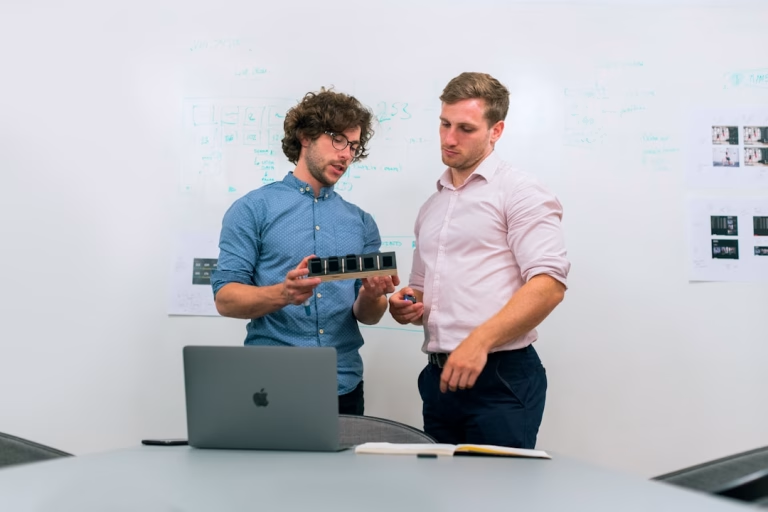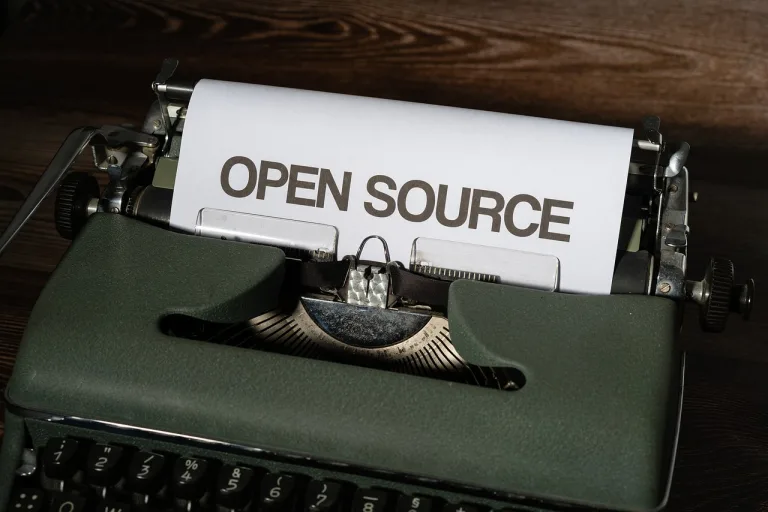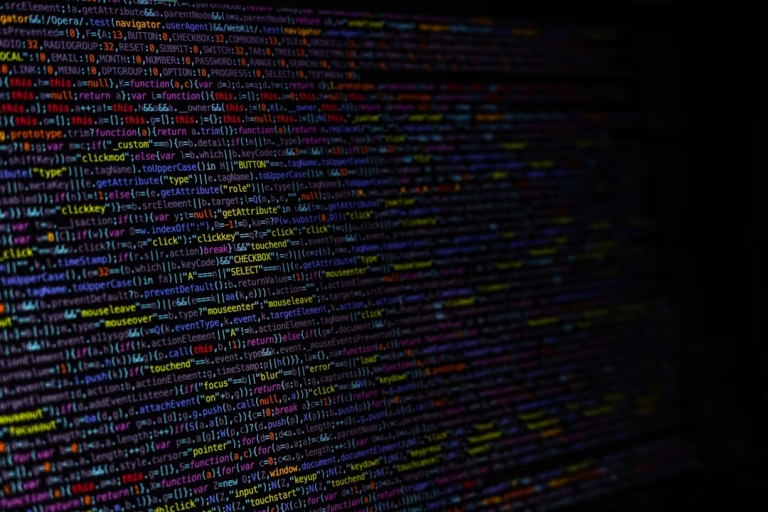Introduction to Blockchain Technology for Developers

Blockchain technology is redefining the way we think about data security and distribution. Originally devised for the digital currency, Bitcoin, the tech community is now finding other potential uses for the technology. This article serves as an introduction to blockchain technology for developers, exploring its fundamental concepts, architecture, and how developers can leverage this technology in various applications.
What is Blockchain?
Blockchain is a distributed database or ledger that is shared among the nodes of a computer network. As a database, a blockchain stores information electronically in digital format. Blockchains are best known for their crucial role in cryptocurrency systems, such as Bitcoin, for maintaining a secure and decentralized record of transactions. The innovation with a blockchain is that it guarantees the fidelity and security of a record of data and generates trust without the need for a trusted third party.
Key Features of Blockchain Technology
- Decentralization: Unlike traditional databases such as a SQL database, which are controlled by a single entity, blockchain technology has no central control point. It is managed by a peer-to-peer network.
- Transparency: Changes to public blockchains are publicly viewable by all parties creating transparency, and all transactions are immutable, meaning they cannot be altered or deleted.
- Security: Transactions must be agreed upon before they are recorded. After a transaction is approved, it is encrypted and linked to the previous transaction. Along with the fact that information is stored across a network of computers instead of on a single server, this makes blockchains very difficult to hack.
How Does Blockchain Work?
- Transaction: Each transaction occurs and is transmitted to a network of peer-to-peer computers scattered across the world.
- Block: Every transaction is recorded in a block, which is linked to a cryptographic hash.
- Chain: The verified transaction is added to the blockchain, stored across the network, thus creating not just a unique record, but a unique record with a unique history.
- Finality: Once recorded, the data in any given block cannot be altered retroactively without alteration of all subsequent blocks, which requires consensus of the network majority.
Applications of Blockchain Technology
- Cryptocurrencies: The most famous application of blockchain is, of course, Bitcoin. Other digital currencies include Ethereum, Ripple, and Litecoin.
- Smart Contracts: These are self-executing contracts where the terms of the agreement between buyer and seller are directly written into lines of code.
- Supply Chain Management: Blockchain provides the benefits of traceability and cost-effectiveness in supply chain management.
- Healthcare: Secure and fraud-proof systems can be developed using blockchain for storing patient records.
Getting Started with Blockchain Development
- Understand the Basics: Start with understanding the basic concepts, terminologies, and functionalities of blockchain.
- Learn Solidity: This is a programming language for writing smart contracts, primarily used on Ethereum-based applications.
- Experiment with Ethereum: Ethereum is a global, open-source platform for decentralized applications. On Ethereum, you can write code that controls digital value, runs exactly as programmed, and is accessible anywhere in the world.
- Join Blockchain Developer Communities: Engage with other blockchain developers and learn from their experiences. Platforms like GitHub, Stack Overflow, and Reddit are great places to start.
Conclusion
Blockchain technology offers a radically different paradigm for data security and distribution and is set to revolutionize many industries. For developers, understanding blockchain opens up a world of innovative possibilities that could be at the forefront of technological advancement.






